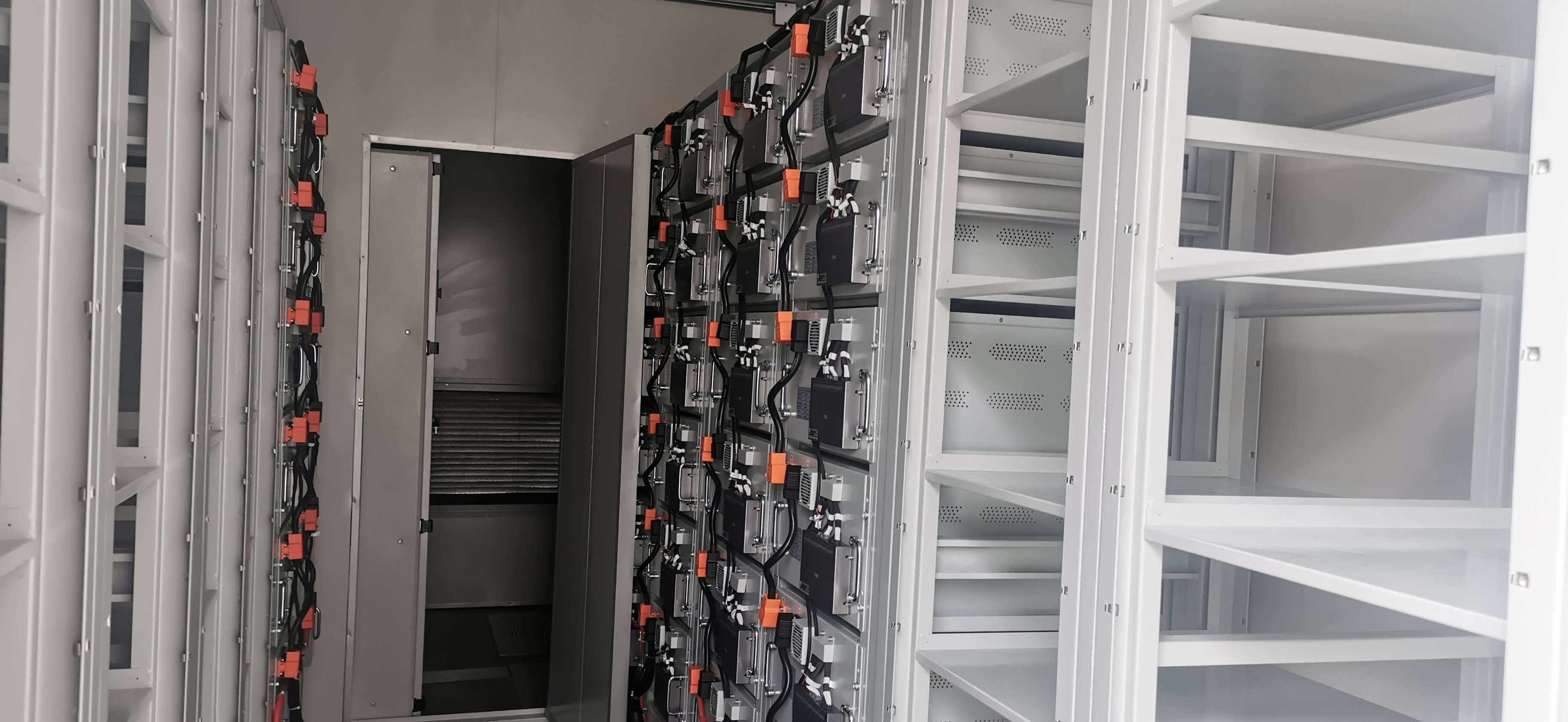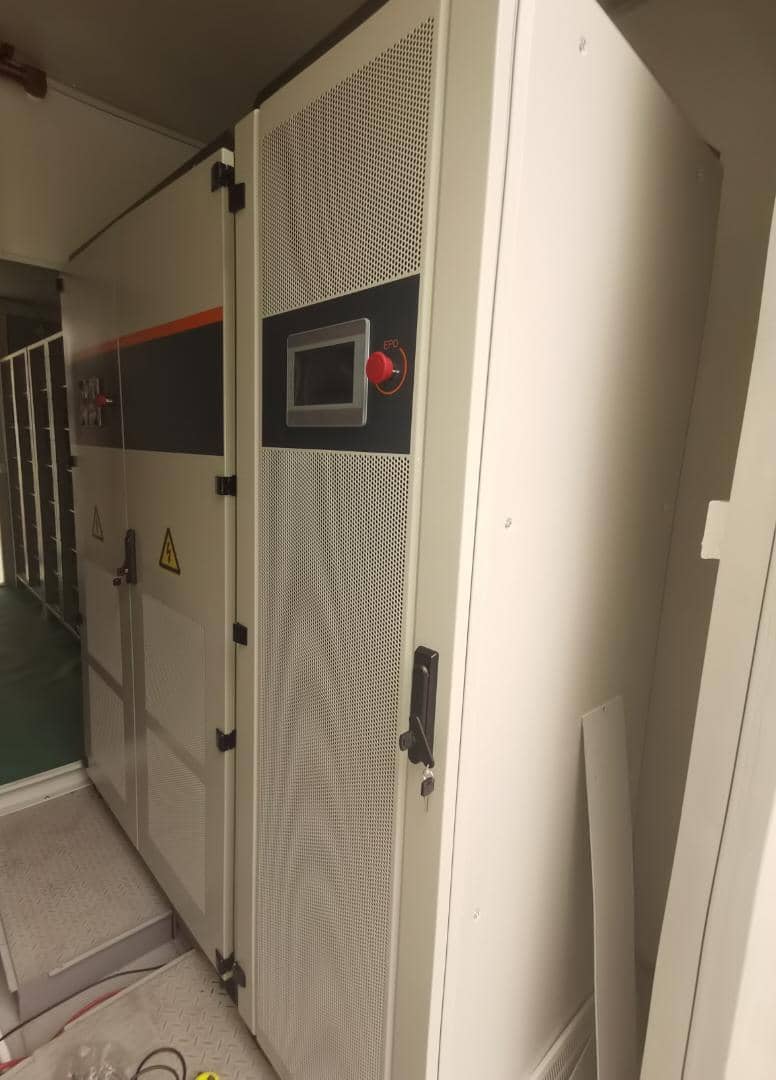DET’s Container Energy storage system power 250kw/1000kwh to delivery
For now, DET company is rapidly meeting customer needs based on the current market development needs, and is specialized in developing technology for large capacity container energy storage, container energy storage is increasingly accepted by everyone, container energy storage systems are an innovative and efficient way to store and distribute energy. These systems have become increasingly popular due to their flexibility, scalability, and ease of transportation. They consist of a large, container-sized unit that houses a battery energy storage system with a power range of 100 kWh to 2000 kWh.
In this article, we will explore the different components of container energy storage systems, including the batteries and battery management systems (BMS) that make them function. We will also discuss the current and future trends in the development and use of these systems.
Batteries and BMS
Batteries are the key component of container energy storage systems. These batteries store electrical energy and release it when needed. Lithium-ion batteries are the most commonly used type of battery in container energy storage systems. These batteries are known for their high energy density, long lifespan, and low maintenance requirements. The BMS is a critical component of container energy storage systems. It monitors the battery’s state of charge, state of health, and temperature, and it ensures that the battery is charged and discharged safely and efficiently. The BMS also manages the communication between the battery and the rest of the system, ensuring that the energy is distributed where it’s needed.
In the energy storage system constructed in this scheme, in addition to the bidirectional inverter function, the optical storage integrated machine can also support the power grid and photovoltaic charging, ensuring the stable operation of the power grid system, providing resistance to short-term shocks, smooth power supply, energy storage, and peak shaving and valley filling. The device topology adopts a three-level design. Compared to a two-level topology, a three-level topology can improve switching frequency, conversion efficiency, and system stability, reduce output harmonics, switching losses, and converter volume.
Post time: Apr-25-2023







